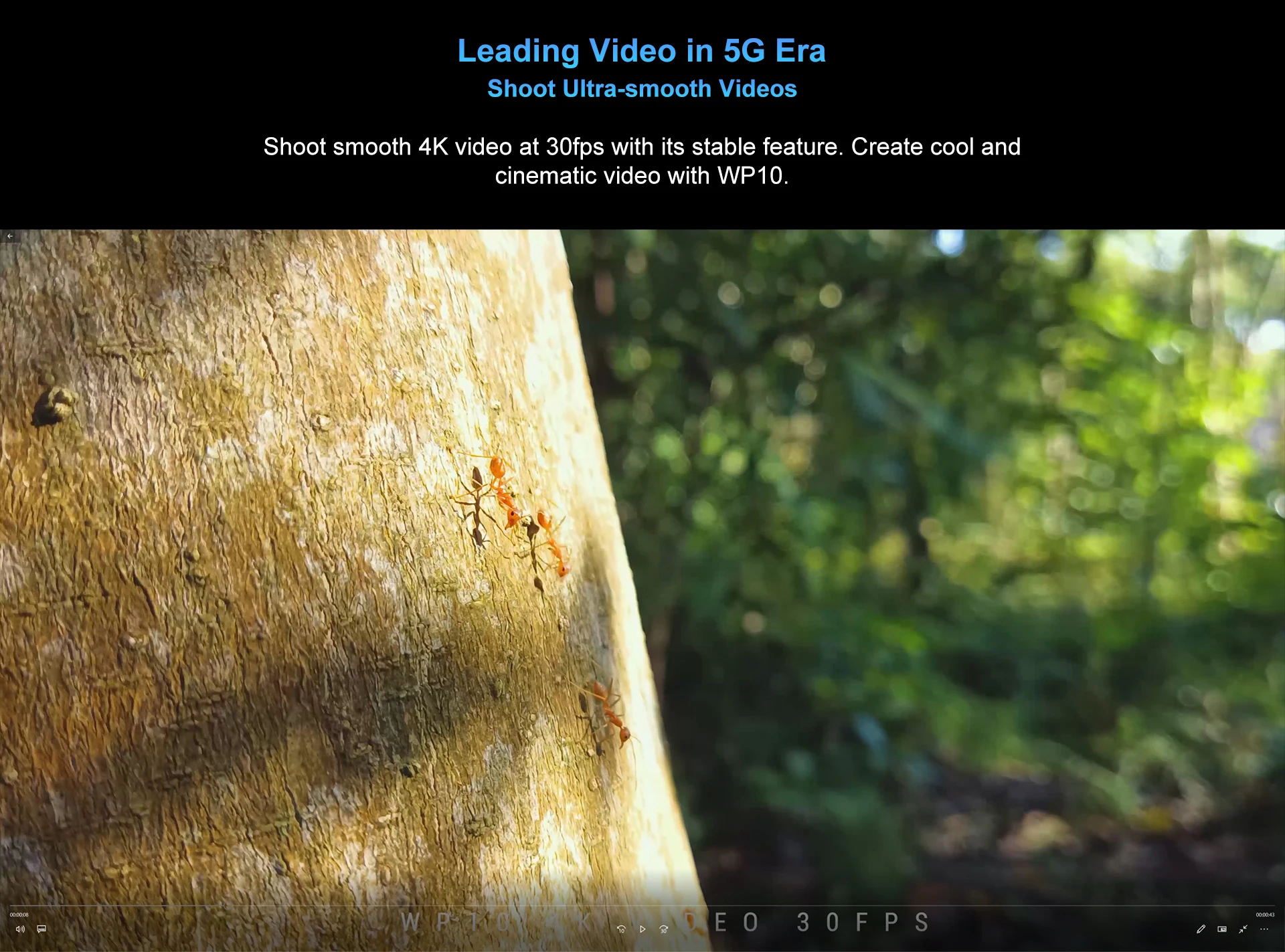
The constantly evolving valve designs target shorter opening times for improved performance and efficiency.

System shock 2 fov free#
These diaphragmless methods have good repeatability, quick turnaround time between experiments, and produce a clean flow, free of diaphragm fragments, in contrast to the conventional diaphragm-type operation. The last half-century has witnessed significant efforts to replace this diaphragm-bursting method with fast-acting valves. The conventional mode of shock tube operation employs a frangible diaphragm to generate shock waves. Shock tubes have emerged as an effective tool for applications in various fields of research and technology. These results provide a basis for the development of new electrohydraulic technologies involving the application of two simultaneous discharges with equal energy and pressure parameters. The direct shock waves create zones with the most intensive loading. The practical equality of the pressure fields on the left and right halves of the flat-loaded area confirms the equality of energies evolved in the two spark gaps. Based on the membrane deformation mechanism and material strengthening under static and impulse conditions, the processing procedure is further developed so as to achieve better accuracy in the determination of pressure field parameters.


In addition, multipoint membrane pressure gauges demonstrated the feasibility of easily recording detailed pressure maps. The objective is to experimentally confirm the equilibrium of the energies evolved in two spark gaps by means of pressure measurements. In this study, the synchronicity of two discharges is ensured by the sequential connection of two wires mounted in two spark gaps in a common volume of liquid. The pressure fields generated by two simultaneous discharges have not been investigated on any notable scale for the electrohydraulic impulse forming method.


 0 kommentar(er)
0 kommentar(er)
